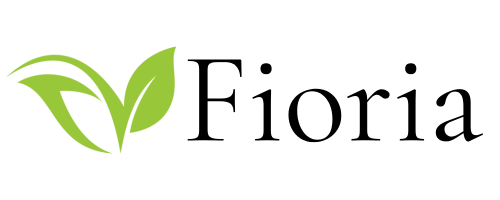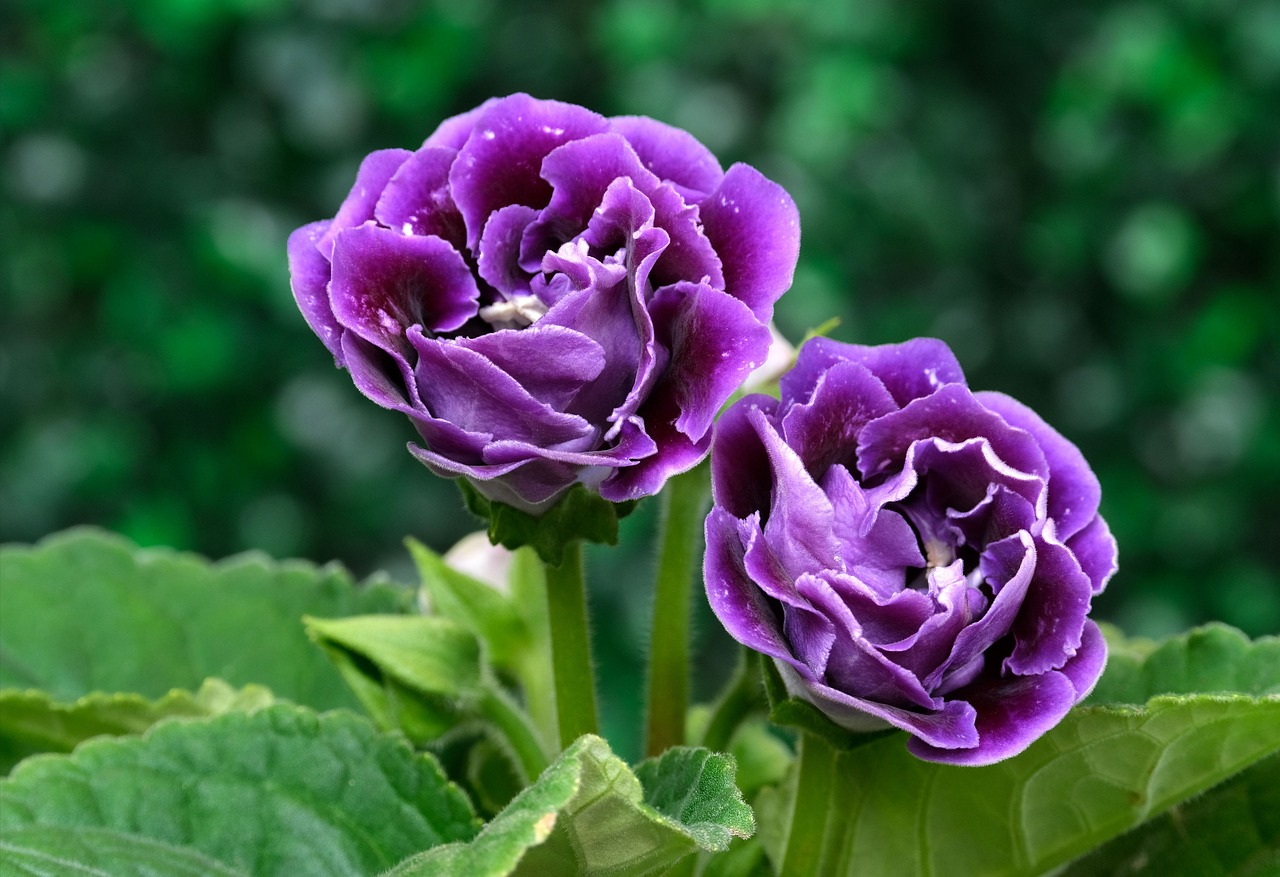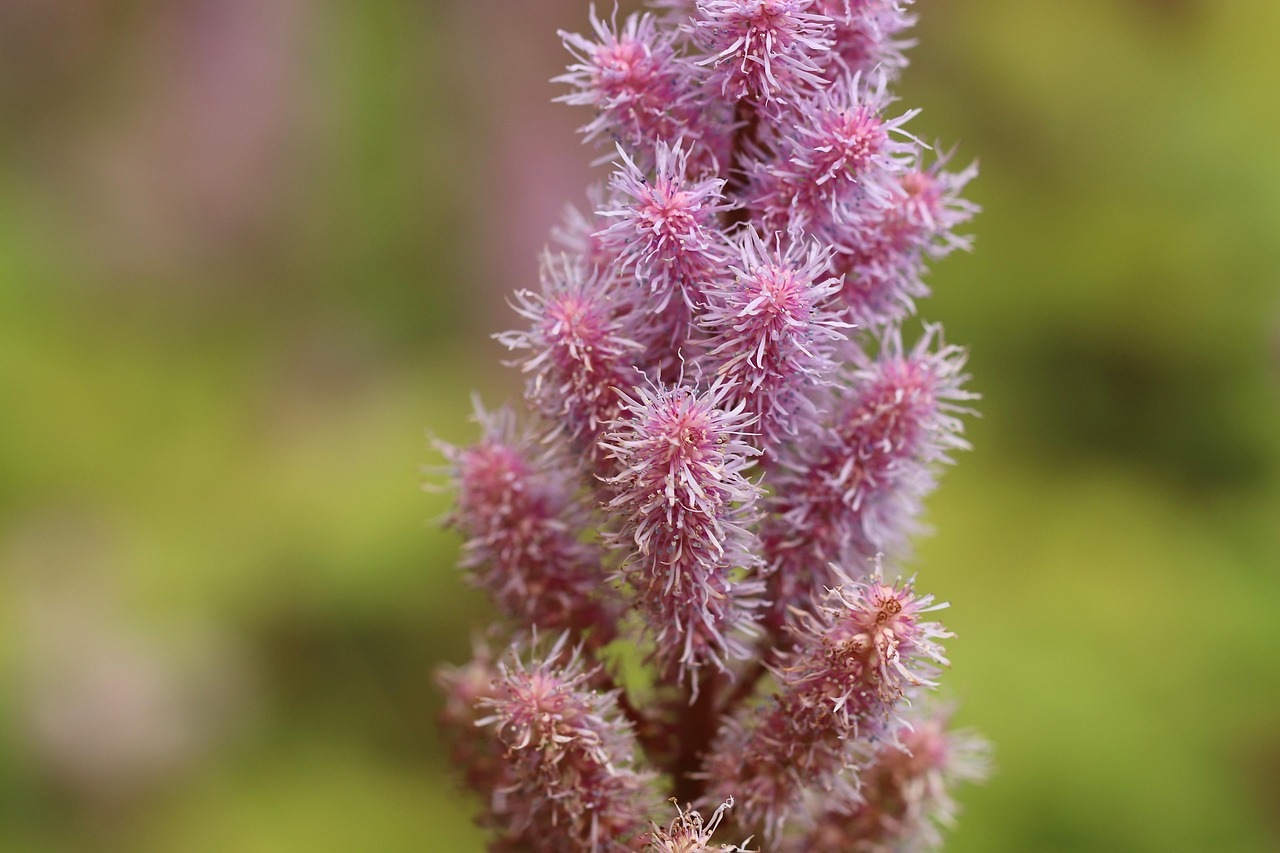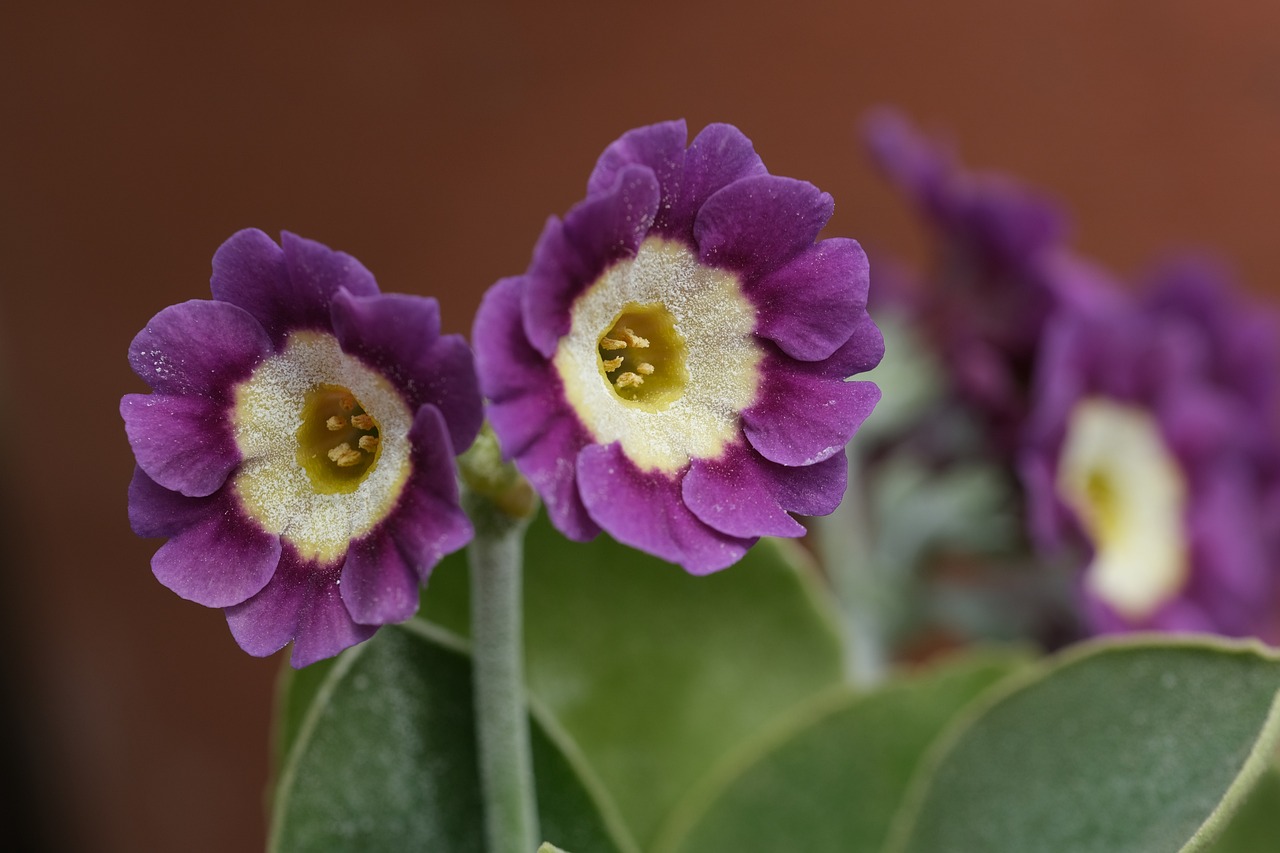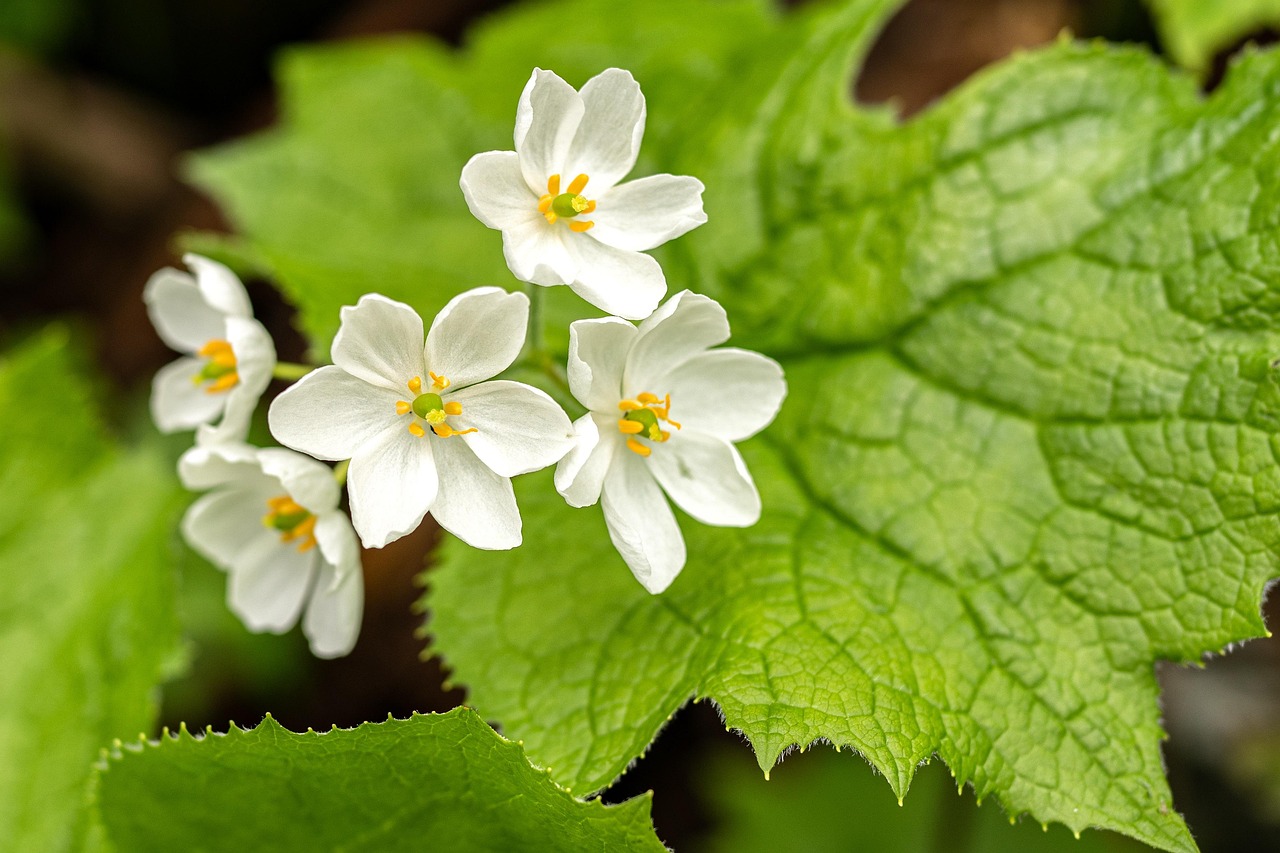Pelargonium grandiflorum | The Splendid South African Flower Cherished in Noble Greenhouses
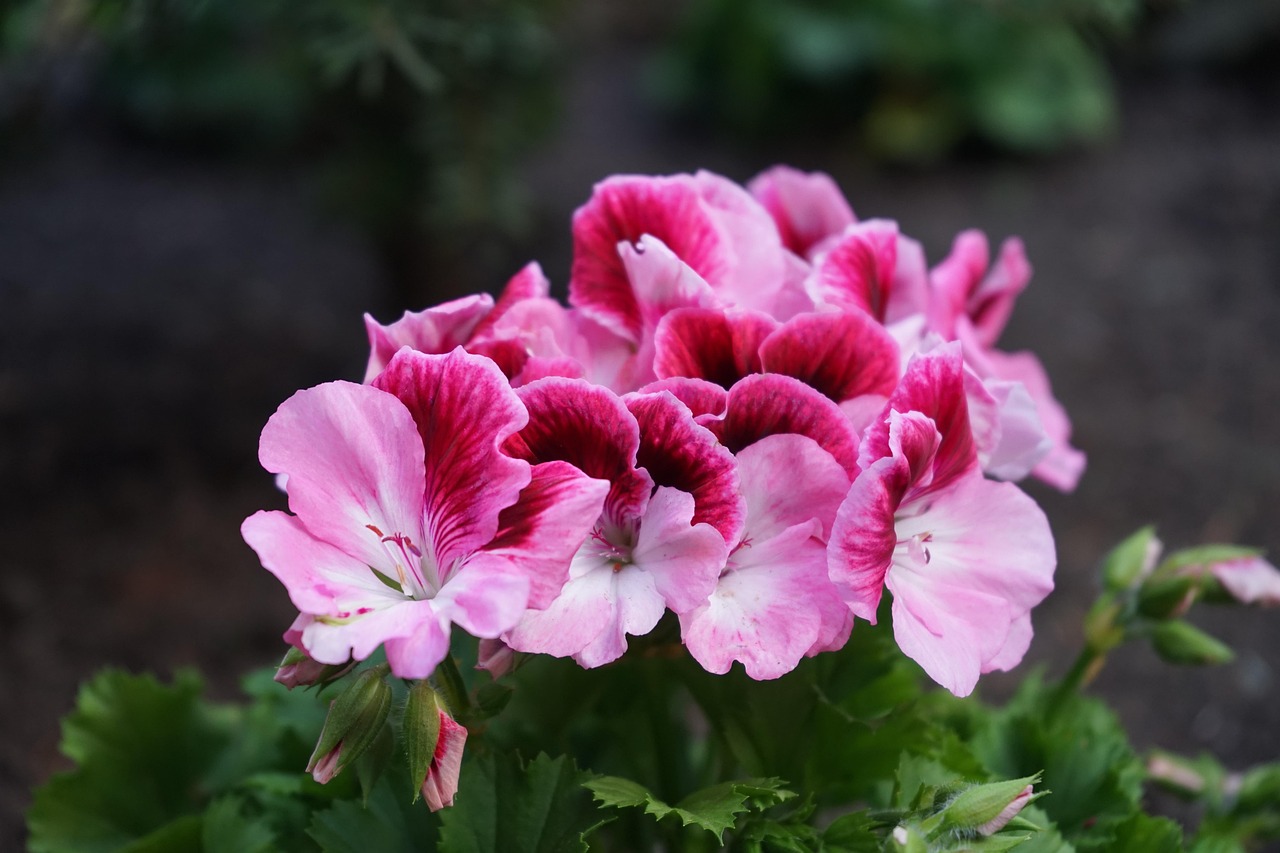
I introduce Pelargonium grandiflorum, a perennial plant native to South Africa, which has long been appreciated in Europe for its brilliant flowers and high ornamental value.
Although it is closely related to geraniums, it is distinguished by its larger and more decorative blooms, making it particularly suitable for pot cultivation.
In this article, I will present the basic information of Pelargonium grandiflorum along with its cultural background, history, and essential tips for cultivation.
Basic Information
- Scientific name: Pelargonium grandiflorum
- Family: Geraniaceae
- Origin: Cape region, South Africa
- Appearance: It grows to about 30–60 cm in height, with stems that tend to become woody. The leaves are lobed, somewhat thick, and glossy. The flowers usually have five petals, with color variations between the upper and lower petals, offering a wide range of shades including purple, red, and white.
- Blooming period: Mainly from April to June
Cultural Significance Around the World
Pelargonium grandiflorum has played an important role in the European culture of potted plants.
In 19th-century Victorian England, it gained great popularity as a greenhouse plant, and collectors enthusiastically pursued rare varieties through breeding and hybridization.
In aristocratic homes, it was often displayed by the windows of dining and drawing rooms, serving as part of the interior decoration.
In France, it is known as Pelargonium à grandes fleurs or géranium royal, and is frequently used to adorn balconies and terraces. For urban dwellers, it is highly valued as a plant that brings vivid beauty to limited spaces.
In Mediterranean countries, it is widely grown outdoors in pots, and one can often see its colorful flowers decorating street corners and restaurant entrances.
Historical Anecdotes
Plants of the Pelargonium genus were brought to Europe from South Africa in the 17th century by Dutch and English collectors.
Among them, grandiflorum attracted particular attention for its large blossoms and quickly spread as a garden plant.
From the 18th to 19th centuries, professional horticulturists developed numerous varieties through selective breeding, enhancing their cold tolerance and expanding their range of colors.
In Europe, greenhouse gardening became a major trend, and pelargoniums stood at its very center.
At the Palace of Versailles in France, records show that Pelargonium grandiflorum was included in ornamental displays, highlighting its status as a flower of luxury in courtly horticulture.
Gardening Advice
To cultivate Pelargonium grandiflorum successfully, it is important to understand its preferred environment and provide careful management.
Sunlight
Prefers a bright location. Several hours of direct sunlight enhance blooming, though strong summer sun should be moderated with shading.
Watering
Water thoroughly when the soil surface becomes dry, ensuring excess water drains out. Avoid overwatering, especially in winter.
Soil
Requires well-drained, aerated soil. A mix of commercial flower soil with leaf mold or perlite is effective.
Fertilizer
Apply slow-release fertilizer in spring, and supplement with liquid fertilizer about once every 10 days until early summer.
Pruning and Pinching
Cutting back after flowering encourages reblooming. Pinching new shoots helps create a bushier shape.
Overwintering
Sensitive to cold. Below 5°C, the plant risks death, so it should be kept indoors by a sunny window or protected with fleece.
Conclusion
Pelargonium grandiflorum is a flower with South African origins that has played a significant role in European horticulture.
Since the 18th century, it has been cherished by both nobility and ordinary citizens, and it continues to bring color to balconies, greenhouses, and urban gardens today.
With proper care, it produces magnificent blossoms from spring to early summer, making it a truly rewarding plant for gardening enthusiasts.
